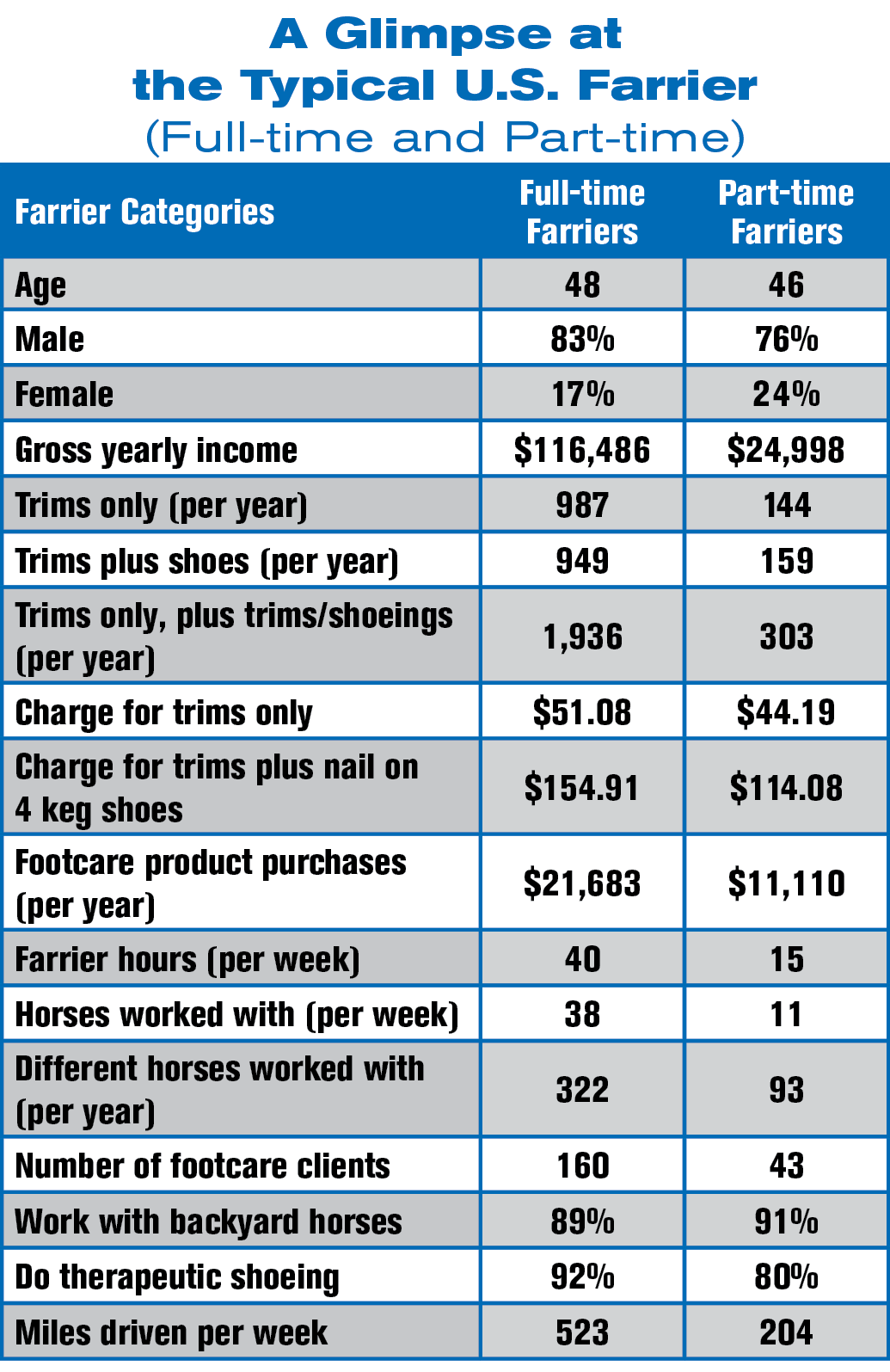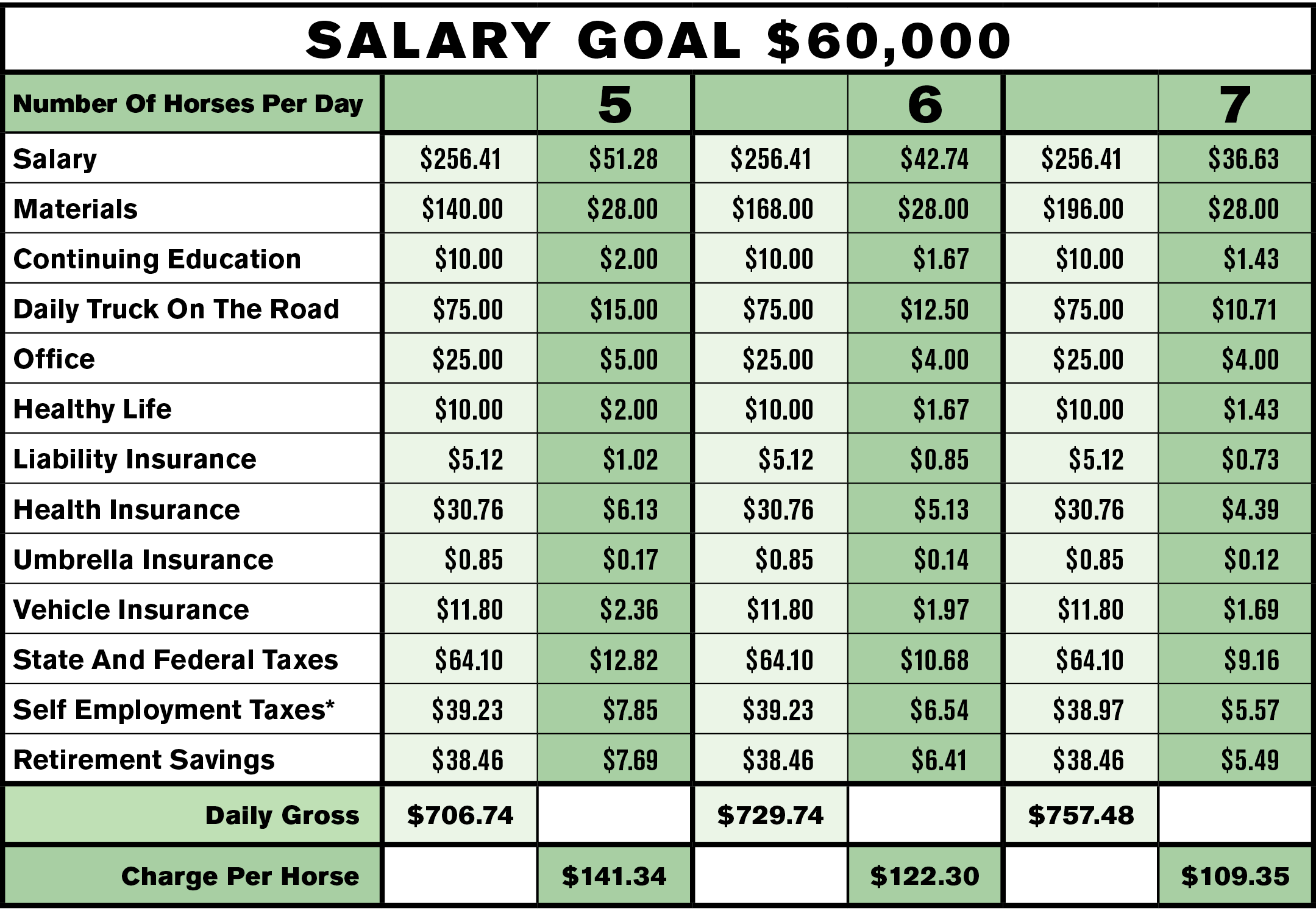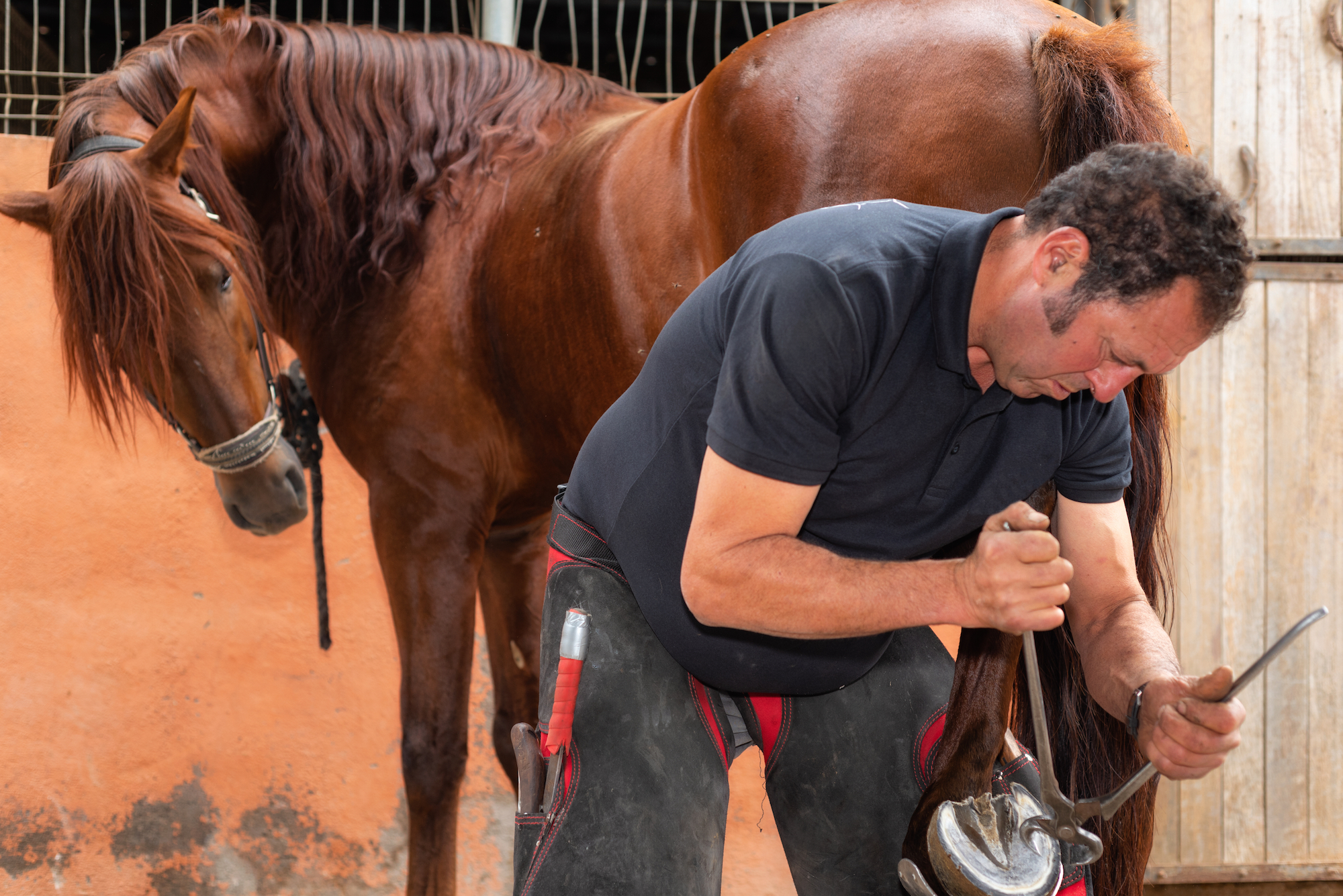Horse shoeing, also known as farriery, is a profession that has been around for centuries. Farriers are skilled professionals who specialize in the care and maintenance of horses’ hooves. They are responsible for trimming and shaping the hooves, as well as fitting and nailing horseshoes. Many people are curious about the income potential in this field and wonder, “How much does a horse shoer make?” In this article, we will explore the factors that influence a farrier’s earnings and provide insights into the average income of a horse shoer.
What Does a Horse Shoer Do?

Before delving into the earnings of a horse shoer, it’s important to understand the nature of the job. Farriers play a crucial role in maintaining the overall health and performance of horses. Their primary responsibilities include trimming the hooves to maintain proper balance and applying horseshoes to protect the hooves from wear and tear. Additionally, they may address various hoof-related issues such as cracks, infections, and deformities. The work of a farrier requires a deep understanding of equine anatomy, a keen eye for detail, and the ability to handle large and sometimes unpredictable animals.
Educational and Training Requirements

Becoming a certified farrier involves a combination of formal education and hands-on training. While some individuals may enter the profession through apprenticeships or on-the-job training, many choose to enroll in specialized farrier schools or programs. These educational pathways provide aspiring farriers with in-depth knowledge of equine anatomy, hoof care techniques, and the practical skills needed to excel in the field. Additionally, farriers may pursue certifications from professional organizations to validate their expertise and enhance their credibility in the industry.
Factors Affecting Income Potential

The earnings of a horse shoer can vary widely based on several factors. Geographic location plays a significant role, as farriers in densely populated equestrian regions or affluent areas may command higher fees for their services. The level of experience and expertise also influences income, with seasoned farriers often able to charge premium rates for their specialized skills. Furthermore, the demand for farrier services within a particular community or region can impact a horse shoer’s earning potential. In areas with a high concentration of horse owners and equestrian activities, farriers may find ample opportunities to grow their client base and increase their income.
Average Income of a Horse Shoer

While the income of a horse shoer can vary, data from the U.S. Bureau of Labor Statistics provides insights into the average earnings of farriers. According to the most recent available information, the median annual wage for farriers was approximately $34,610 as of May 2020. However, it’s important to note that this figure represents the middle point, and actual earnings can range from below this amount to well above it. Factors such as location, clientele, and business acumen can all impact individual farriers’ income levels.
Income Potential for Specialized Farriers

Some farriers choose to specialize in particular areas of equine hoof care, such as therapeutic shoeing, corrective trimming, or performance shoeing for competitive horses. These specialized skills can significantly elevate a farrier’s earning potential, as they cater to specific needs that command higher fees. For example, farriers who are proficient in therapeutic shoeing for horses with lameness issues or corrective trimming for hoof deformities may attract clients willing to pay premium rates for their expertise. Additionally, farriers who work with elite equestrian athletes, such as racehorses or show jumpers, may command higher fees due to the specialized nature of their services and the high value placed on the horses’ performance.
Business Considerations

Beyond the technical skills of hoof care, farriers must also navigate the business aspects of their profession. Self-employed farriers, in particular, must manage their client relationships, schedule appointments, track expenses, and market their services to attract new clients. The ability to effectively run a farrier business can directly impact a horse shoer’s income. Those who excel in client communication, marketing, and business management may experience greater financial success than their peers who are solely focused on the technical aspects of the trade.
Challenges and Rewards of the Profession
The profession of horse shoeing offers both challenges and rewards. Farriers often work in physically demanding conditions, bending, kneeling, and lifting heavy tools while working with horses that may require patience and skill to handle. Additionally, farriers may encounter unpredictable schedules, as emergencies or urgent cases can arise at any time. Despite these challenges, many farriers find immense satisfaction in the work they do. The opportunity to improve the comfort and performance of horses, build lasting relationships with clients, and contribute to the well-being of these majestic animals can be deeply rewarding.
Future Outlook and Industry Trends
As with many professions, the landscape of farriery is subject to evolving trends and advancements. Technological innovations in materials and tools used for horseshoes, as well as advancements in equine health and wellness, can influence the demand for farrier services and the opportunities available to practitioners. Additionally, shifts in the equestrian industry, such as changes in competitive disciplines or the prevalence of recreational horse ownership, can impact the demand for farriers and the types of services sought after. Farriers who stay abreast of industry developments and adapt to changing trends may position themselves for continued success in the field.
Interested in all things horse-related? Check out our articles on how much a horse trailer weighs, how much a horse coat weighs, and how much dex to give a horse for more insight into the fascinating world of equine care and management!
Conclusion
In conclusion, the income of a horse shoer can vary based on a multitude of factors, including location, specialization, experience, and business acumen. While the median annual wage for farriers provides a benchmark, individual earnings can exceed this figure through specialized services, high-demand regions, and entrepreneurial endeavors. Farriers who are passionate about equine care, dedicated to honing their craft, and adept at managing the business aspects of their profession can find fulfillment and financial success in this time-honored occupation. As the equestrian industry continues to evolve, the role of the farrier remains integral to the well-being and performance of horses, ensuring that the demand for skilled and dedicated horse shoers will endure for generations to come.



